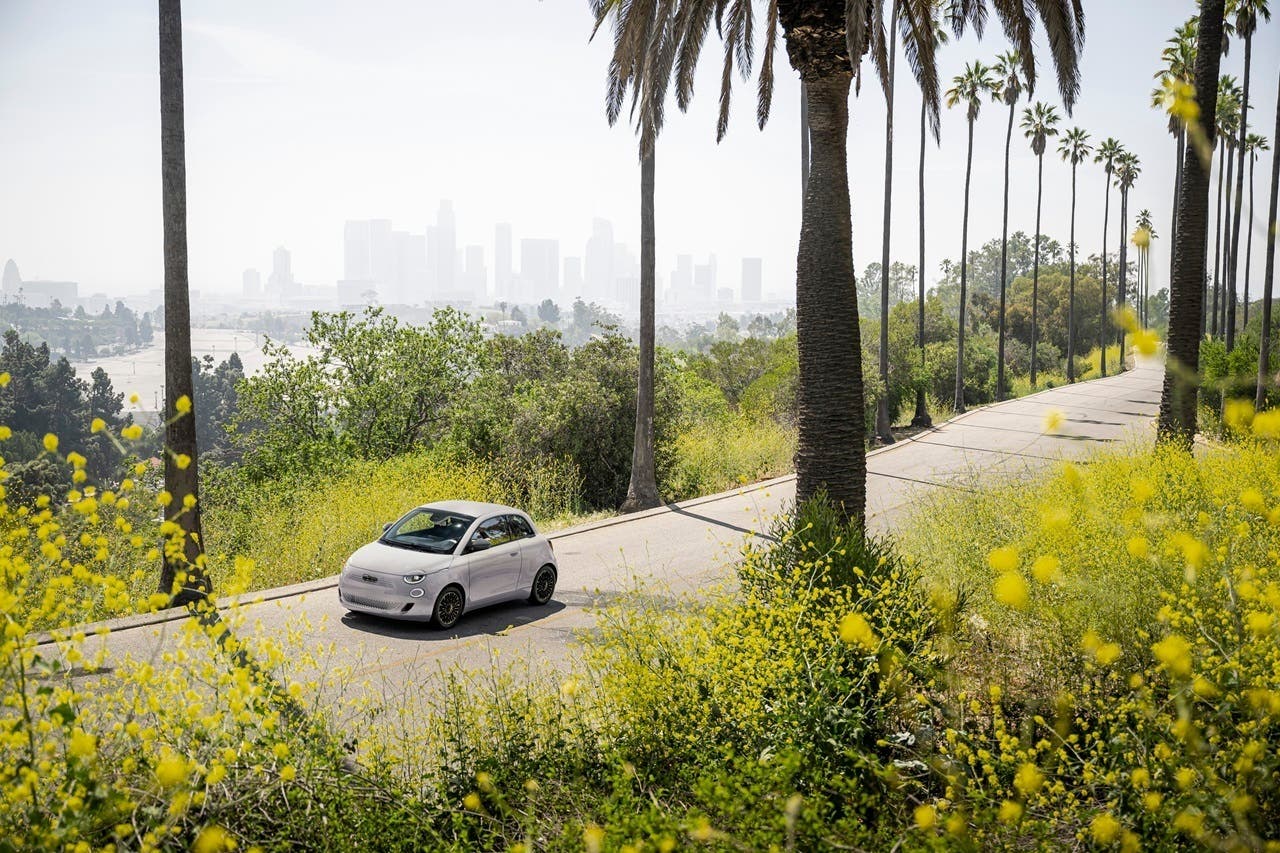It has been discussed for over 48 hours: Carlos Tavares surprisingly announced his resignation as CEO of Stellantis, ending his role earlier than expected. The decision seems to be linked to sales difficulties, especially in the electric car segment, in a decidedly complex European market that is increasingly difficult to decipher and competitive, as well as in North America.
Stellantis: did an overly strong focus on electric cars also weigh on Carlos Tavares’ resignation?

What legacy does the Portuguese manager leave behind, having led the group formed by the merger of FCA and PSA since 2021? His leadership was characterized by an ambitious reorganization, aimed at relaunching the group’s brands and transitioning toward electrification. Tavares introduced an industrial plan centered on STLA platforms: Small, Medium, Large, and Frame, designed for both thermal and fully electric powertrains.
The first model born from the STLA Medium platform was the Peugeot e-3008 SUV, launched in 2023 and followed by the e-5008 and electric Opel Grandland. These vehicles from the Tavares era have not yet registered significant numbers, due to their recent debut and the difficult context of the European market.

On the STLA Large platform, Stellantis developed iconic models such as the Jeep Wagoneer S, the brand’s electric flagship, and the Dodge Charger Daytona, a modern reinterpretation of the American muscle car. On the STLA Small platform, however, no models have yet been introduced that could be protagonists among compact electric cars.
Another pillar of Tavares’ plan was the Smart Car platform, dedicated to emerging markets and designed for more accessible electric cars. Models like the Citroen e-C3, e-C3 Aircross, Opel Frontera, and electric Fiat Grande Panda were built on this base, designed for a wider audience thanks to competitive prices.

Tavares inherited electric models based on PSA architectures, such as the Peugeot e-208, DS 3 Crossback e-Tense, Opel Corsa-e, and Mokka-e. Cars like the Jeep Avenger, electric Lancia Ypsilon, Alfa Romeo Junior, and Fiat 600 were born from these.
A separate chapter is the Fiat 500e, developed before Stellantis’ creation but brought to success, and subsequent commercial decline, under Tavares’ supervision. The Portuguese manager, who certainly leaves behind a legacy of innovation and transition, has taken the hit of an unfavorable market and a transition that was perhaps too burdensome, even for a giant like Stellantis. Looking at the bigger picture, we need to reflect on the direction of Western industry, which prospered for decades thanks to the absence of Chinese competition.

